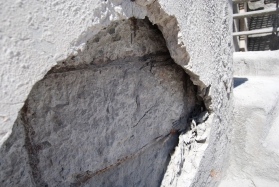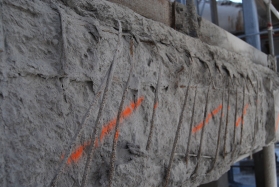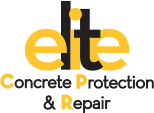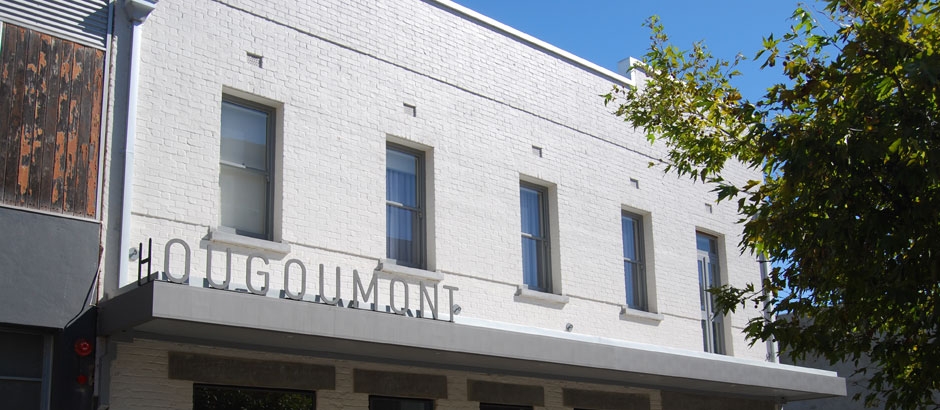Concrete Repair In Depth
Elite Concrete Protection & Repair use innovative solutions, techniques and materials to repair concrete structures reinstating the structural integrity and durability of your asset. Whether your enquiry relates to commercial, industrial, mining or residential, Elite can provide a competitive and innovative solution.
New & Existing Structures Contributing Causes
- Poor site practice
- Inadequate concrete cover, new and existing structures
- Cracks caused by expansion and contraction
- Carbonation attack and Chloride ion attack
- Chemical attack
- Mechanical damage caused by impact
- Erosion
Concrete Repair Overview
Spalling, delaminations and cracks in reinforced concrete are often caused by corrosion of the steel reinforcing bars.
The corrosion process within concrete is commonly referred to as “Concrete Cancer”. It is the steel reinforcing which is corroding and produces a by-product generically called rust which can expand up to 8x the volume of the original steel diameter size, creating tensile forces within the concrete strong enough to crack or spall the concrete.
In good, sound concrete the steel reinforcing bars are protected by the passivation provided by the highly alkaline nature of concrete.
The passivated steel reinforcing is protected from corrosion as long as the alkalinity in the concrete is maintained and that the passive film remains unbroken. However, this protection can be broken down by acidic gases such as carbon dioxide and the presence of chloride ions, especially in marine environments.
Carbonation
The Carbonation process is caused as CO2 diffuses into the concrete through the pore structure of the concrete eventually reaching the reinforcing steel.
CO2 reacts with the calcium hydroxide in the concrete to produce carbonates which are acidic. The alkalinity in the affected region is then reduced to The corrosion process then begins and becomes evident by cracking, spalls and delaminations.
Chloride Ion
Chloride Ion attack is commonly caused within Perth WA by the close proximity to the coastal and river systems where weather i.e. wind and rain can carry the salt airborne chlorides to our concrete structures. If the concrete structure is left exposed or untreated Chlorides over time will also break down the passive layer protecting the steel reinforcement. The localised chloride-rich region becomes anodic (+ve) attracting more -ve charged chloride ions with the surrounding steel areas becoming cathodic (-ve).
Chloride ions are not consumed and act as a catalyst at the anode to accelerate corrosion in a localised region leading to intense corrosion – pitting causing cracking, spalls and delaminations.



Call us on 9494 1771 to discuss your requirements or click here » Contact us



